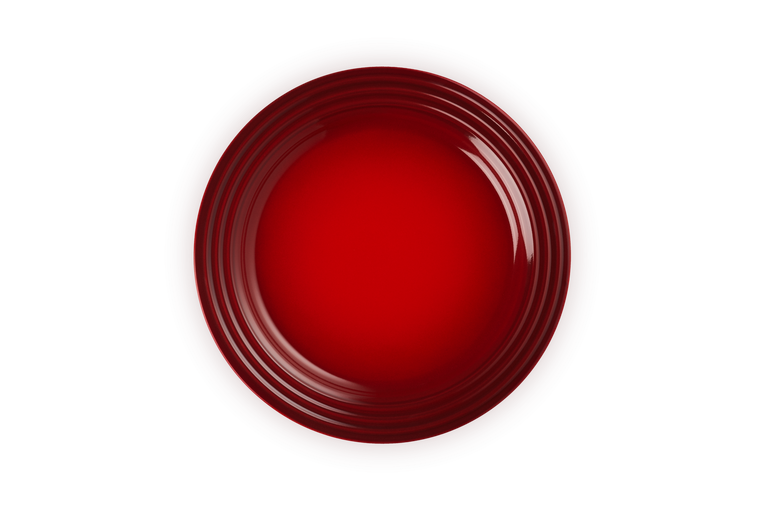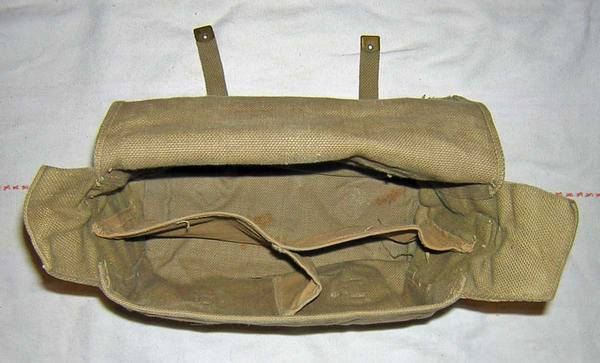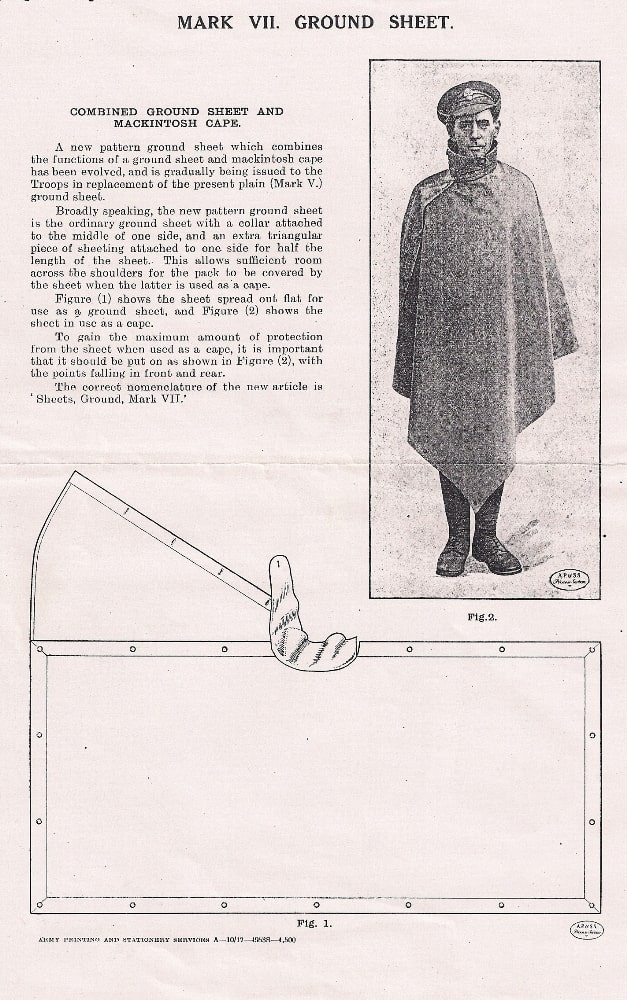One of the interesting things I have learnt during lock-down was that I could be happy with much smaller portions of food than I was accustomed to.
Before lock-down, I had already stopped including pasta, potatoes or rice in my meals.
Meals at home would be just meat and vegetables.
During lock-down, many meals became just a portion of meat or fish (battered fish bakes very nicely in a halogen oven!).
Other nights, dinner might just be a bowl of sweetcorn with a dash of Tabasco. The roast potatoes I had left after Christmas dinner formed a couple of nights' dinners on their own.
While individually, many of these meals were not balanced, things seemed to even out nutritionally over a week or more.
Generally, these relatively modest portions satisfied me.
If I felt peckish later on, I would eat some fruit. If a fancied some desert, this would often be fruit.
Some nights, when I did not feel hungry, dinner might just be fruit.
Typically I only ate twice a day.
Breakfast/brunch was usually a serving of porridge with a few sultanas.
Less Plate, More Satisfaction?

I am reminded of this since recently I heard someone comment “People eat too much because plates are too big! Use smaller plates and they will eat less.”
Often when eating my modestly sized meals, I have used the small 21cm diameter side plates rather than the full-sized dinner plates.
When food does not need cutting up, I usually use a 16cm/ 500ml bowl.
My small meals had satisfied me both physically and psychologically. Enough really is as good as a feast!
I did a little research, and the idea of using smaller plates has some support.
I also came across the suggestion that plate colour may also have an effect on satisfaction. My small plates and bowls are black, which is a good colour for contrast. Red is apparently even better.

There seems to be something to all this.
The “first bite is always with the eye”, so there seems to be some logic that the presentation of a meal has some effect on psychological satisfaction with portion size.
If you want to drop a little weight, a few red bowls and small plates may be a useful investment. I would advise getting those that can be used within a microwave oven.
After you eat, it is a good idea to drink a glass of tap-water and clean your teeth.
Smaller Pots
To the above, I have an additional suggestion.
If you cook your own meals, try using smaller cooking vessels.
It is all too easy to increase the quantity you are cooking if you use large capacity pots. And once the food is cooked, it would be sinful to let it go to waste! Instead it goes to waist.
I have put my large pans back in the cupboard and dug out a couple of small saucepans, each about one-litre capacity and around 17cm diameter.
For meals for a single person these should be quite adequate for anything you need a saucepan for.
I have an even smaller “milk pan”, but this is in daily use cooking my porridge. Also milk pans generally do not come with lids, and a lid is often needed for more efficient cooking.
A smaller pan may mean you have to cook on a smaller hob than you usually used.
I have also noticed I need a slightly lower flame setting to prevent flames wastefully lapping up the sides of the pot.
Thus, using a smaller pot is saving me some fuel and money. Smaller capacity saves both time and water.
And if further incentive were needed, mastering cooking with small pots is good training for when you may have to cook in just a canteen cup or mess tin.


 of the 37 pattern small pack were actual clothing. The interior was divided into two compartments, the forward one bisected by an additional divider. One forward pocket held the soldier’s pair of mess-tins, the other a water-bottle. Carried in the main compartment was a groundsheet, towel, soap, pair of spare spare socks, cutlery and possibly an emergency ration and cardigan. Below is a photo of a typical British infantryman’s small pack contents, taken from “British Army Handbook 1939-45” by George Forty.
of the 37 pattern small pack were actual clothing. The interior was divided into two compartments, the forward one bisected by an additional divider. One forward pocket held the soldier’s pair of mess-tins, the other a water-bottle. Carried in the main compartment was a groundsheet, towel, soap, pair of spare spare socks, cutlery and possibly an emergency ration and cardigan. Below is a photo of a typical British infantryman’s small pack contents, taken from “British Army Handbook 1939-45” by George Forty.
